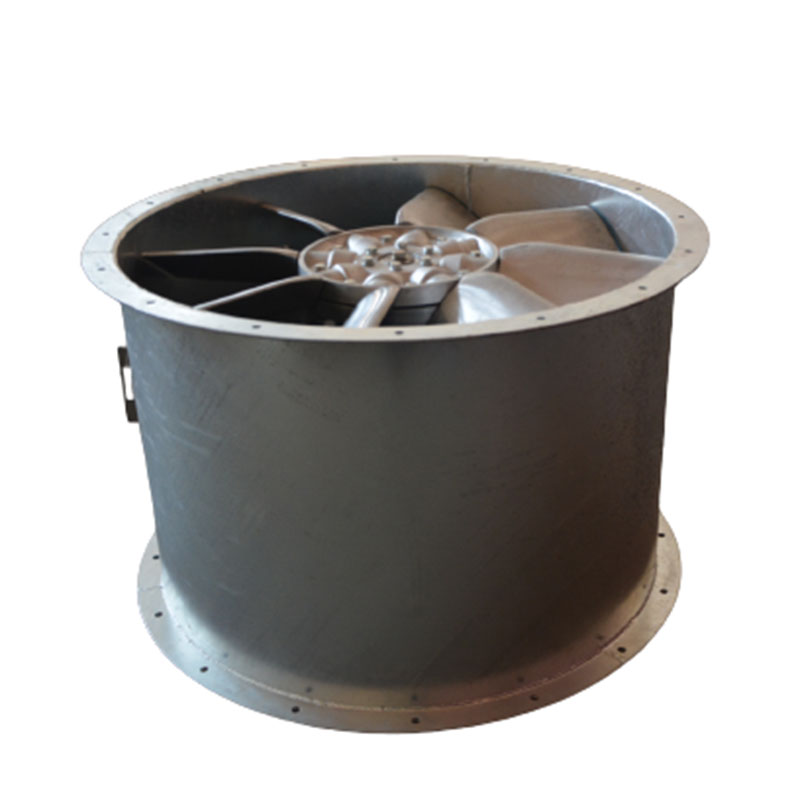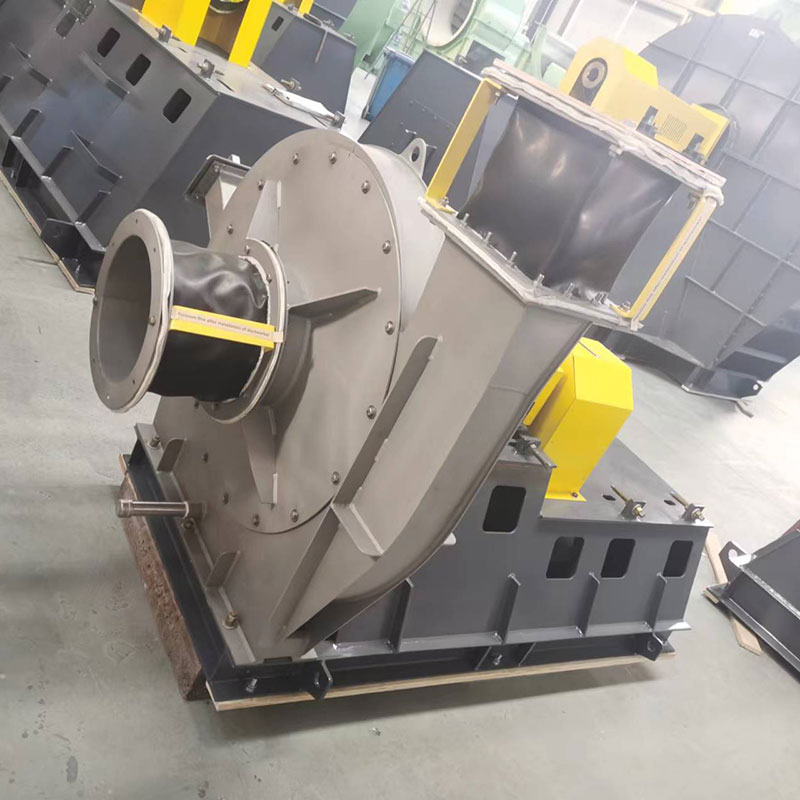To help clear the air, here is some advice for selecting a proper ventilation blower for a confined space, as well as some tips on usage.
For all of the attention that confined spaces receive, many safety managers are still uncertain about ventilation requirements. They may not understand how much airflow is needed to properly ventilate a given space. They may overlook ventilation principles allowing them to eliminate pockets of bad air or dead spots where workers are positioned, or they may fail to monitor air quality before and during employee entry into a confined space. To help clear the air on this subject, here is some advice for selecting a proper ventilation blower for a confined space, as well as some tips on proper usage. Direct Drive

First, it is necessary to understand what defines a confined space. A confined space is not designed for continuous worker occupancy but is large enough for a worker to be able to enter and perform work. It also has limited or restricted means for entry or exit. Common examples of confined spaces include tanks, vessels, silos, storage bins, hoppers, vaults, pits, manholes, tunnels, equipment housings, ductwork and pipelines.
A confined space may have natural ventilation, but it may not be sufficient enough to provide the proper working atmosphere. A confined space may have no ventilation at all. In both instances, forced air ventilation may be required. A confined space also isn’t necessarily small; on the contrary, it can be quite large. Several factors may contribute to defining a space as confined, so having a thorough understanding of OSHA regulations is the best way to determine if a particular space qualifies.
A confined space will be one of two types: hazardous or non-hazardous. Any area where the possibility of fire or explosion may exist due to the presence of flammable material is what the National Electrical Code (NEC) defines as a hazardous location. It can also be deemed hazardous if the confined space atmosphere contains toxic or hazardous substances that can create an oxygen deficiency or harm a worker as defined by OSHA standards. Sites such as petrochemical plants, fuel-servicing facilities, industrial processing centers, grain elevators and sewers are all examples of hazardous locations. Any confined space that contains serious safety or health hazards requires a permit, which documents the atmospheric conditions of the space. Permits can also be used to help determine the right type of blower needed for the job.
This article originally appeared in the May 1, 2021 issue of Occupational Health & Safety.
The new MSA V-SHOCK EDGE Cable SRLs and Web PFLs for Leading Edge use are designed for simplicity and hassle-free safety. V-SHOCK EDGE solutions help make PPE selection on the jobsite quick and easy with color-coded housings, clear icons on labels, and clearance charts in the label pack. 3
According to the National Safety Council, work-related medically consulted injuries total 4.26 million in 2021 in USA alone. SOL-X solution prevents “human factors” safety issues by anticipating incidents and improving compliance workflows. Leverages digital technologies (IIoT, AI and analytics) to predict patterns from occurring and make informed decisions. Control Of Work - gets rid of tedious paperwork and experience digital workflows. Crew Protect - maximises safety and situational awareness with health trackers and situational indicators. Award-winning Intrinsically Safe SmartWatch – innovative features that enable near real-time visibility and connected well-being. Works well with major connectivity protocols like Wi-Fi, Bluetooth, and Long-Range Bluetooth! 3
The MGC Simple Plus is a simple-to-use, portable multi-gas detector that runs continuously for three years without needing to be recharged or routinely calibrated after its initial charge and calibration during manufacturing. The detector reliably tests a worksite’s atmosphere for hydrogen sulfide, carbon monoxide, oxygen and combustible gases (LEL). Additionally, it is durable enough to withstand the harshest treatment and environments, which is why it has an IP 68 rating. The MGC Simple Plus is also compatible with a variety of accessories, such as Gas Clip Technologies’ new GCT External Pump. Visit gascliptech.com for more information. 3
AI is revolutionizing how industries approach safety, turning maintenance routines from reactive to proactive. Read Now
When an incident happens, a quick response plan is the key to minimizing the downsides of suspension trauma. Read Now
The annual event is heading to Denver from August 7-9. Read Now
The system enhances the safety monitoring of workers in solitary, remote or high-risk industries. Read Now
The multi-year program focuses on New Jersey, New York, Puerto Rico and the U.S. Virgin Islands. Read Now

Air Supply Unit See our Privacy Policy, Cookie Policy and Terms of Use. CA: Do Not Sell My Personal Info